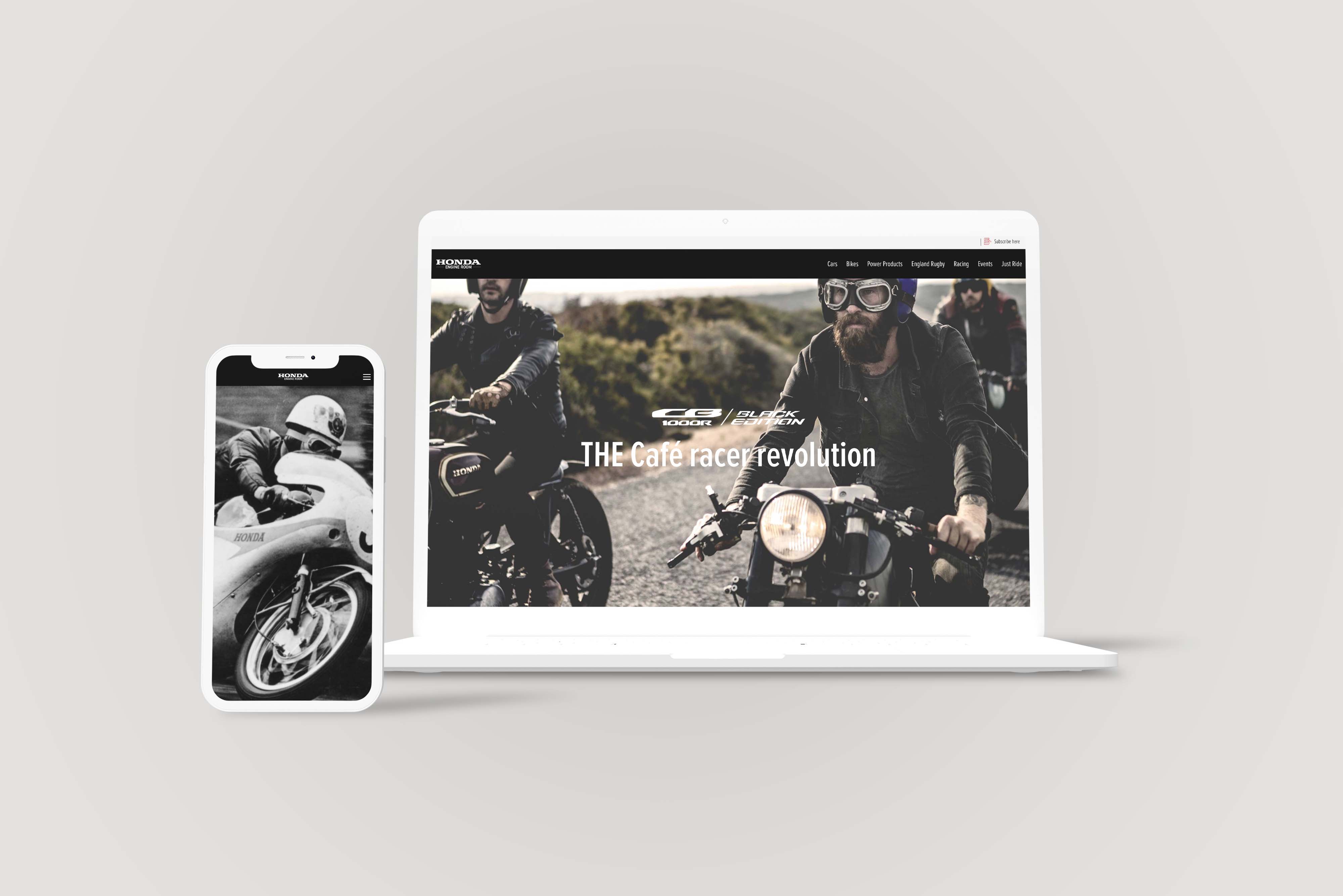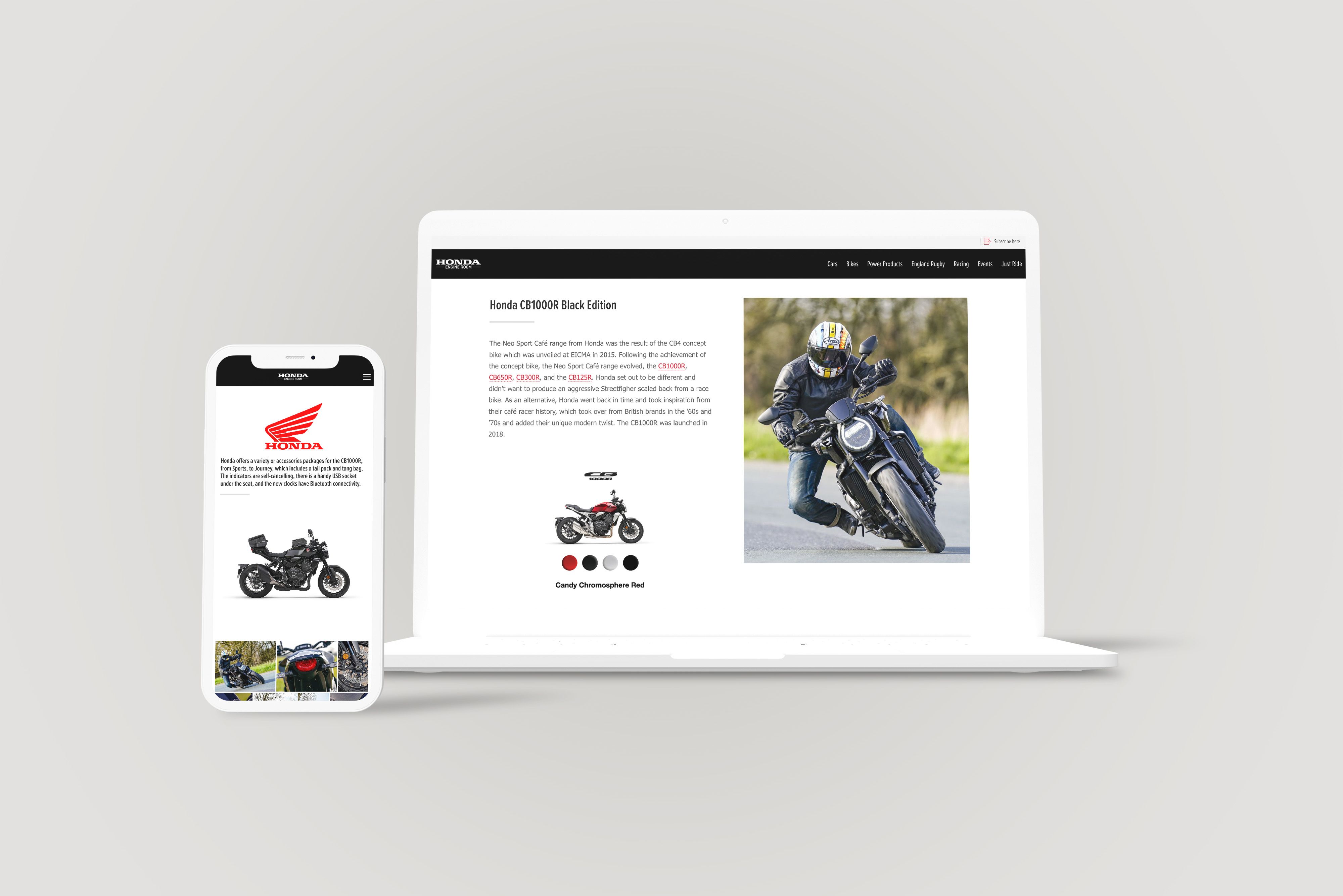9 examples of stunning content marketing
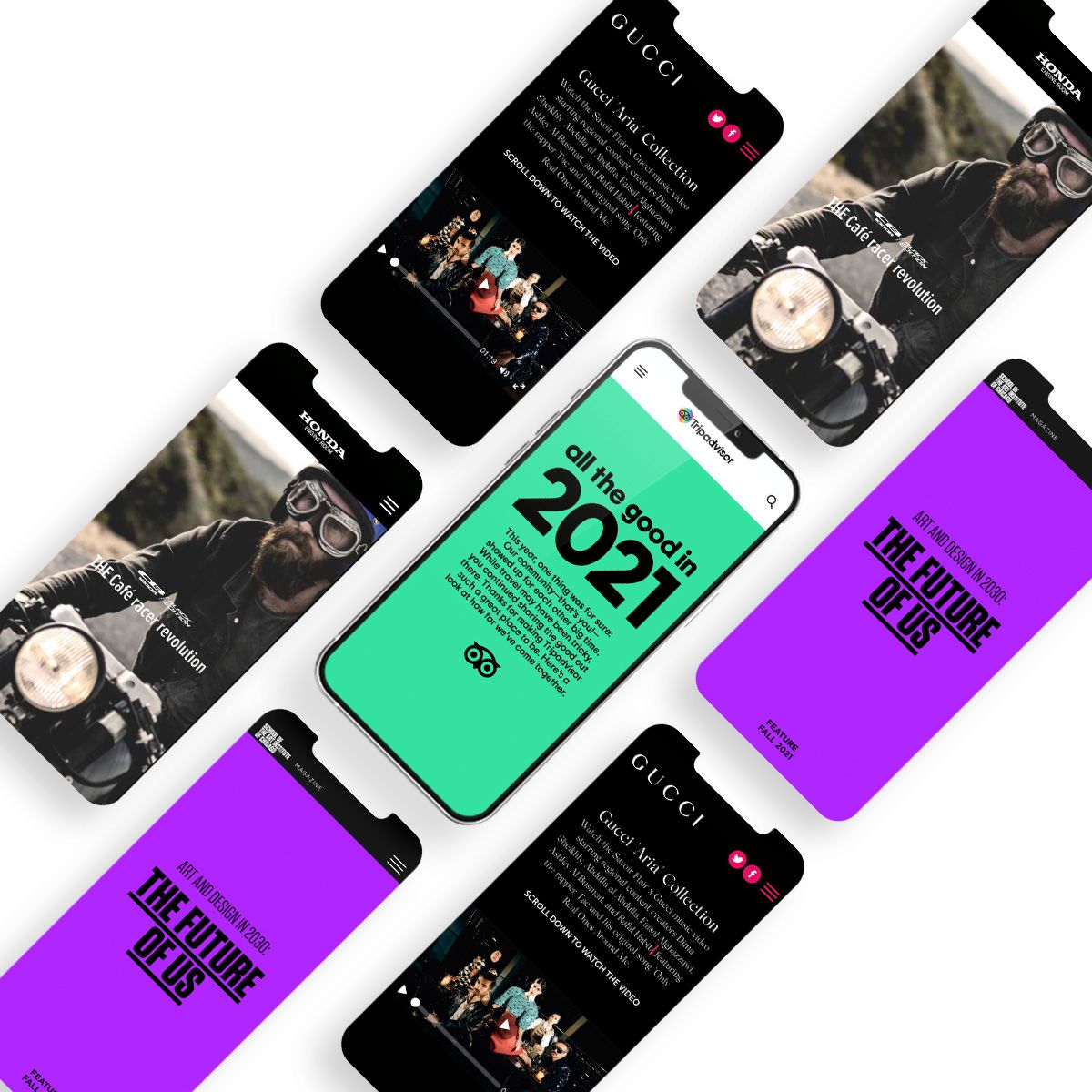
When we hear 'content marketing,' most of us think about blog posts and white papers. Some people probably imagine those blog posts to be stuffed with keywords for Google and other search engines, with a clickbait headline that works for Facebook.
by Kiera Abbamonte
by Kiera Abbamonte
But content strategy is much more than this. It includes all kinds of formats and lives in all kinds of channels — from social media content and email marketing to print magazines, webinars, and, yes, SEO blog posts.
In a typical week, a content marketer might contribute to a viral video series for their Youtube channel, write posts for their social media channels, and create shareable infographics.
The quality of content marketing on the web is also getting better. As SEO becomes more competitive, and the ROI of social media posts content reduces, more organisations are turning away from vanity metrics (like page views or organic traffic) and investing in immersive visual content to build the reputation of their brand.
What does this look like? To support your content marketing efforts, we’ve pulled together content marketing examples and case studies in a range of formats, from all sorts of organisations — including brands, universities, nonprofits, and even a library.
We'll cover
Start creating with Shorthand
It's the fastest way to publish beautifully engaging digital magazines, reports, internal comms, and more.
What is content marketing?

Content marketing is the use of content — including written, audio, visual, and multimedia — to further the aims of an organisation.
It’s a broad definition because content marketing campaigns are used by many kinds of organisations. Nonprofits turn to content creation to raise awareness and secure donations. Universities use content to woo potential students and alumni. Ecommerce companies use content marketing to rank highly in search results and convert potential customers.
And private companies use content to attract investors, to help with recruiting, and for internal marketing, in addition to marketing to potential customers.
What does successful content marketing look like?

With all the variety in goals and formats, content can look like a lot of different things — and good content can vary greatly across industries, use cases, and channels.
That said, there are a handful of universal principles of great content marketing. These are the principles we keep in mind for our own content, and we looked for them when selecting the examples below.
- Don’t sell, educate: Leave selling to the sales team. Great content marketing stays away from any hard-selling and focuses on educational content to help the reader solve a specific problem.
- Engage your audience: Content can only be effective if the target audience actually reads/listens to/watches it. The best content engages by telling a story and using visual design to engage and maintain the attention of its audience.
- Be strategic: The most beautiful and visually-engaging content in the world won’t help market anything unless it exists as part of a broader content marketing strategy.
- Create a good user experience: High-quality content is easy to consume, where it lives — whether that’s on social media, a company blog, or anywhere else.
9 examples of great content marketing

With those principles in mind, let’s take a look at some of the best content marketing examples we’ve seen lately, along with why we chose each one. They may just help inspire content ideas to help drive your marketing team’s initiatives.
1. A marketer’s guide to Twitch
What it is: A long-form written and visual guide to marketing on Twitch
Who created it: Amazon Ads and Twitch
Why we picked this example: From the moment you land on this beginner’s guide, its visual appeal is obvious. The design doesn’t look like much else on the web, using an inverted colour scheme and animation to draw the reader in. The guide also uses bright colours to highlight key numbers that emphasise why marketers should care about Twitch. (“One trillion hours of content watched in 2020.”)
The creators use short paragraphs and frequent headings to make it easy to scan. Plus, the guide doesn’t take any knowledge for granted — taking the time to help marketers understand Twitch lingo and basics while explaining why they should bother.
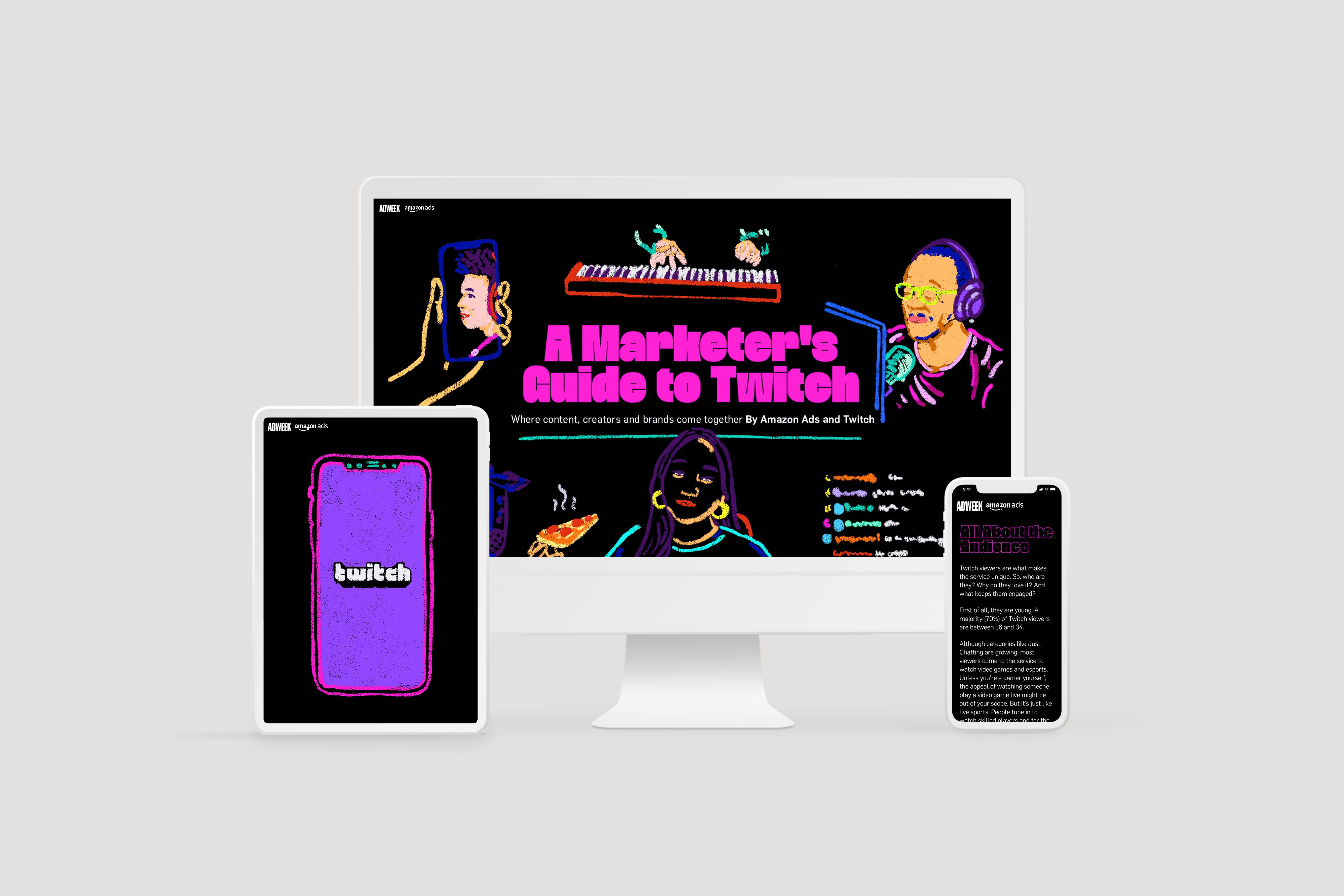

2. City v Spurs: Free digital matchday programme
What it is: A virtual program for a particular Manchester City versus Tottenham Hotspur match
Who created it: Manchester City
Why we picked this example: This piece from Man City is a very specific type of content marketing—the matchday programme. The team use multimedia assets, including photos and video content, to create an engaging introduction to the match. Whether you’re a devoted Man City fan, or you’re not even sure what sport they play, this piece is a great template for immersive content marketing.
From background information on the visiting Spurs to the context surrounding the lead up to — and significance — of the match, the program creates a clear narrative that really sells the upcoming match.
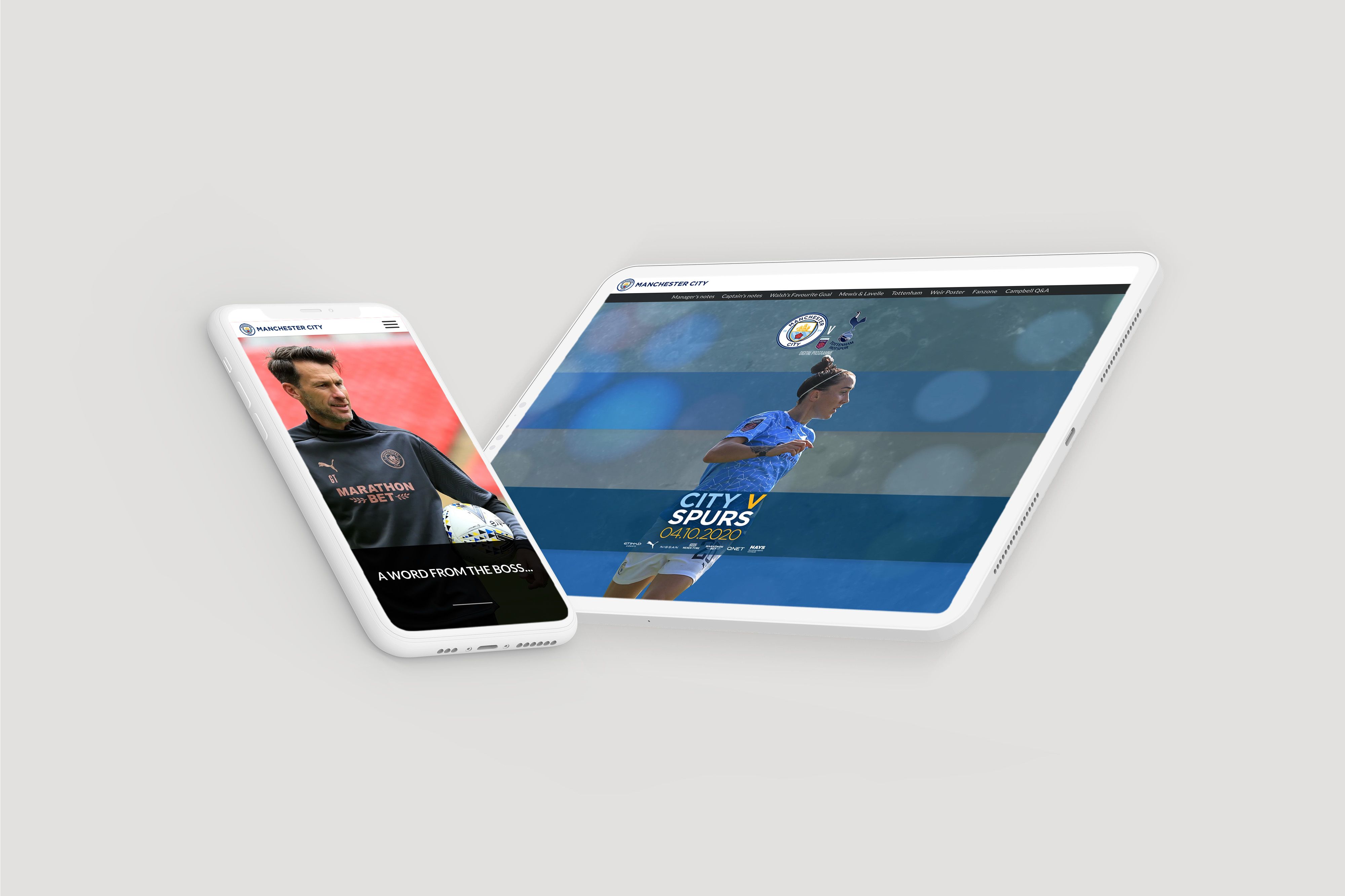
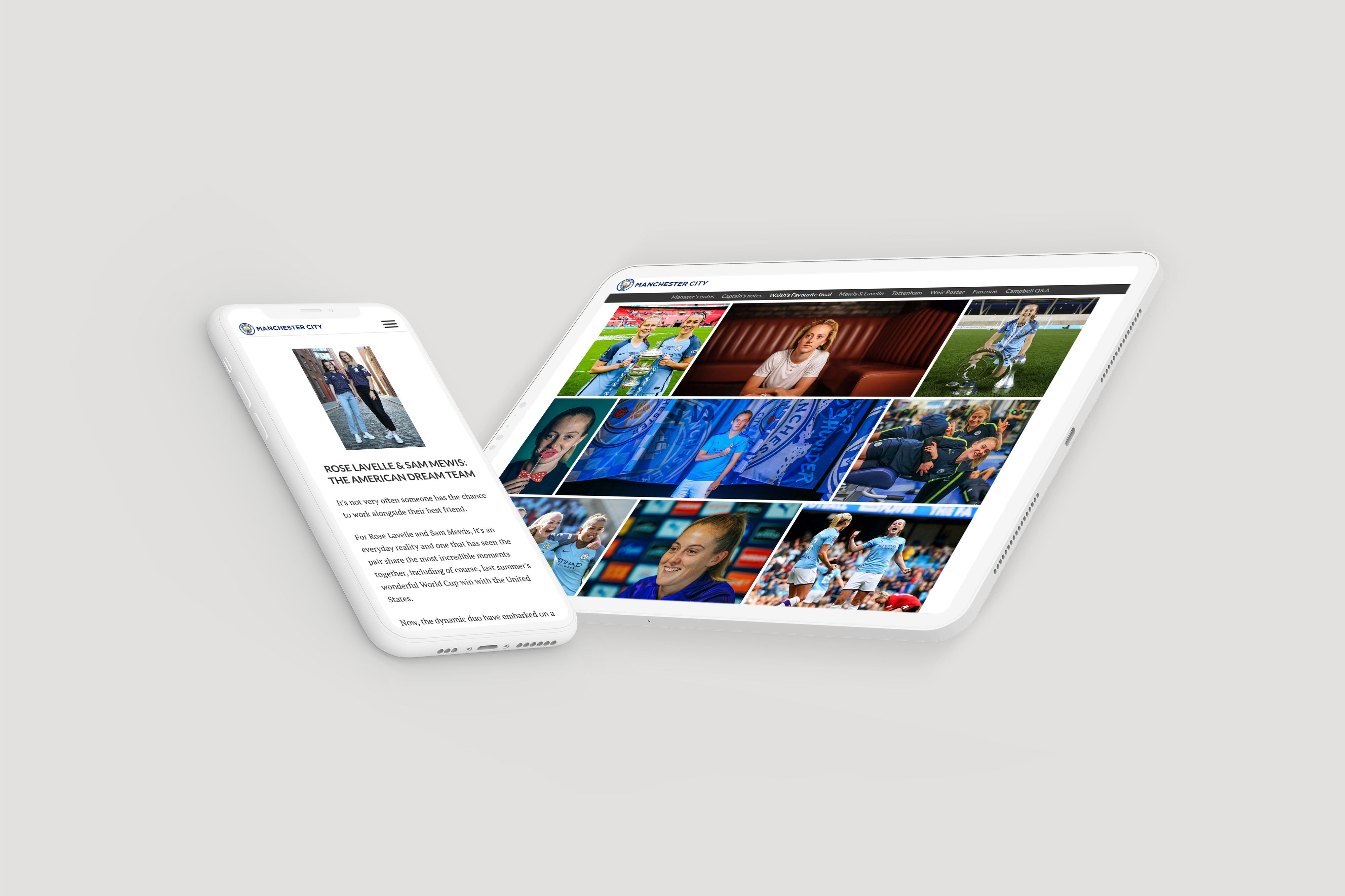
3. Mapping the world: one digitisation at a time
What it is: An exploration of the library’s Maps Department
Who created it: University of Cambridge University Library
Why we picked this example: This immersive story from Cambridge University Library is one of the best examples we’ve seen of integrating written and visual content.
With large images and minimal text in a plain, simplified font, the story creates an experience more akin to seeing the maps in person. It feels like being right there in the library, while the text is there to help add context and significance to the images.
It’s a perfect teaser on the stories that lie behind each map, and funnels audience members to explore further with a compelling call-to-action at the end.
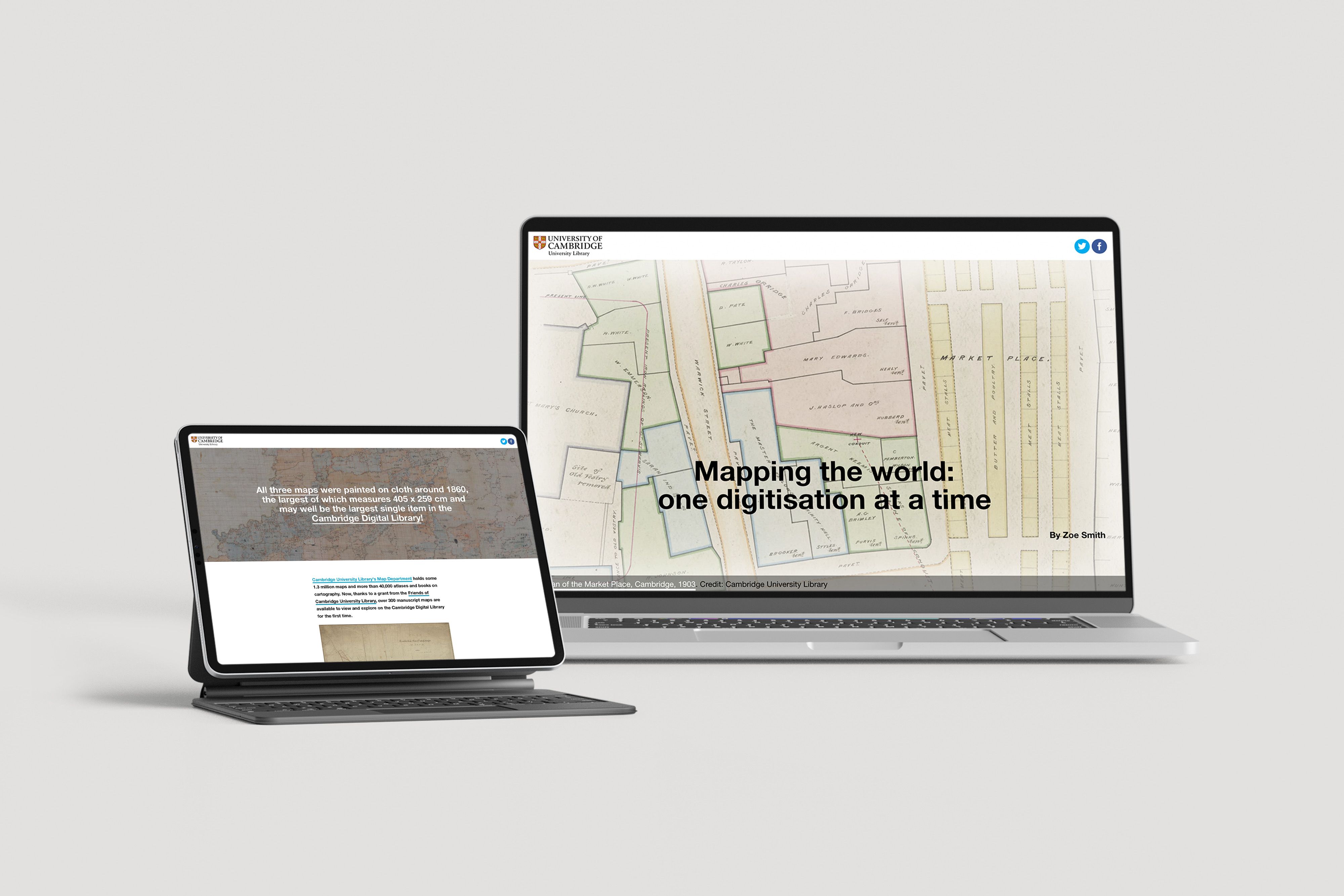
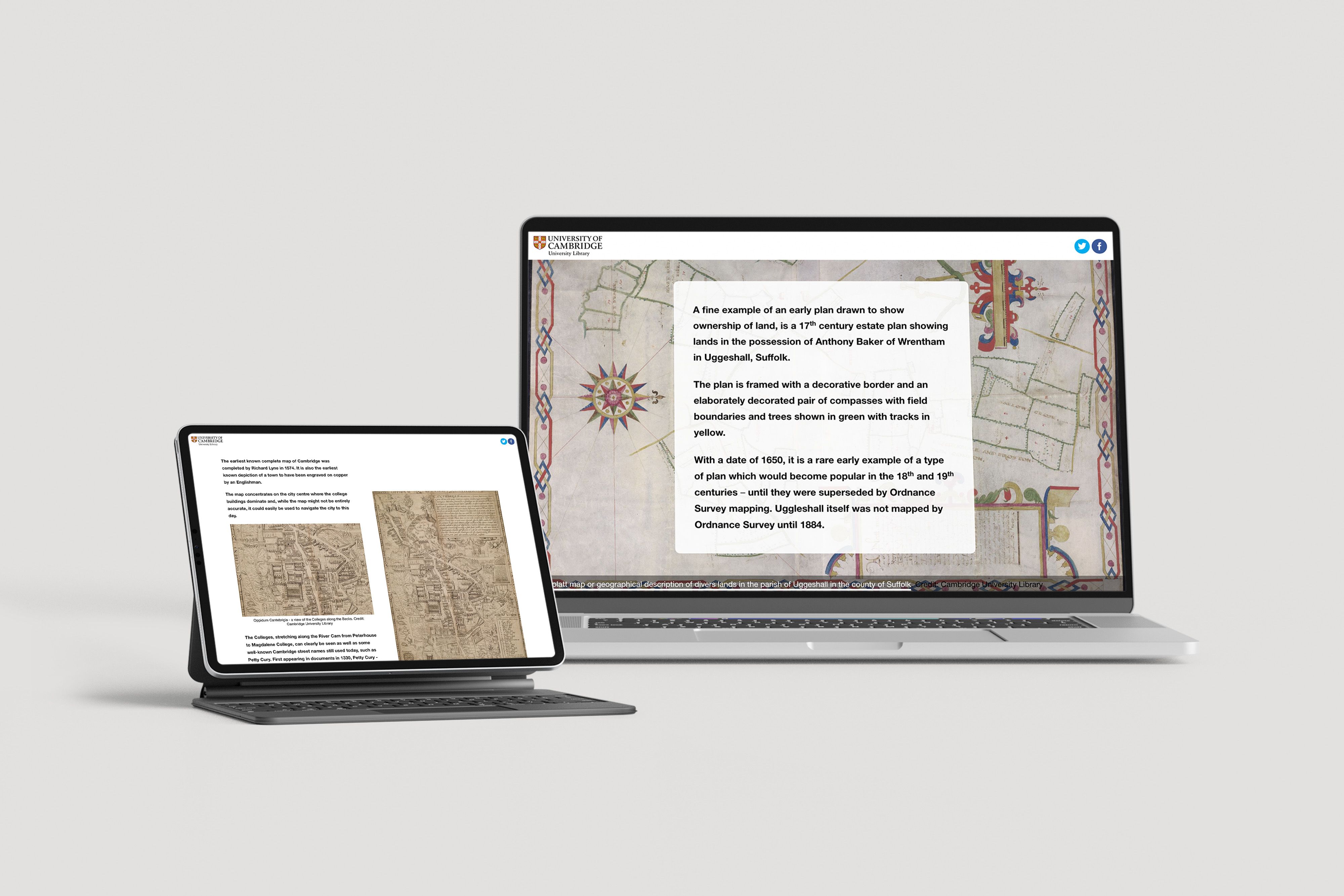
4. What the Olympics could look like in 2048 if we continue destroying our planet
What it is: A timely story and call to arms on the climate emergency
Who created it: World Wildlife Fund (WWF)
Why we picked this example: This example is our favourite use of photos and imagery to create a sense of urgency. If the headline wasn’t blunt enough, the visuals — which show how the climate emergency may impact the 2048 Olympics — are far from subtle, with the copy echoing this urgency.
We like how the story focuses on the impact of climate change, rather than straightforward facts about rising sea levels and air pollution.
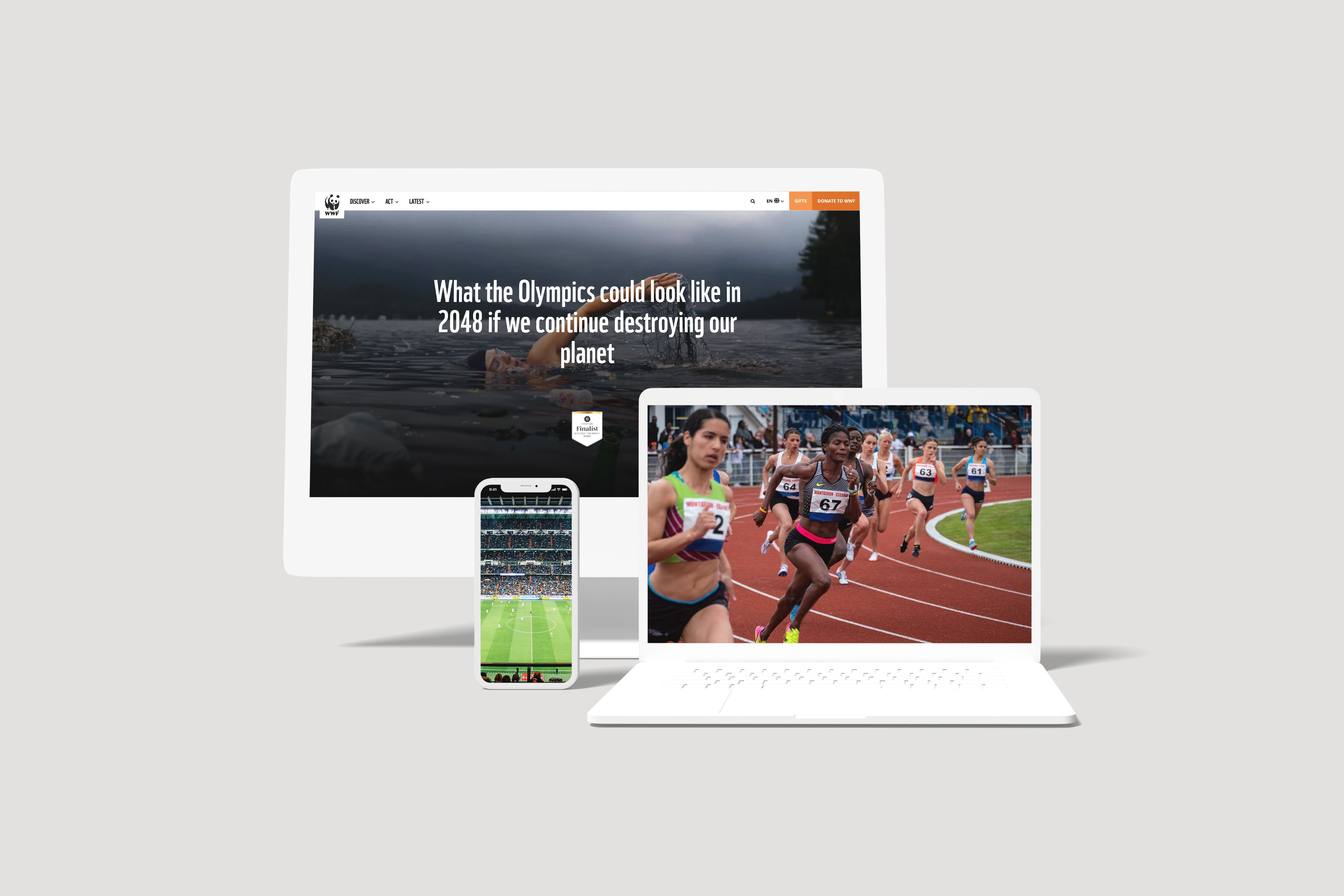
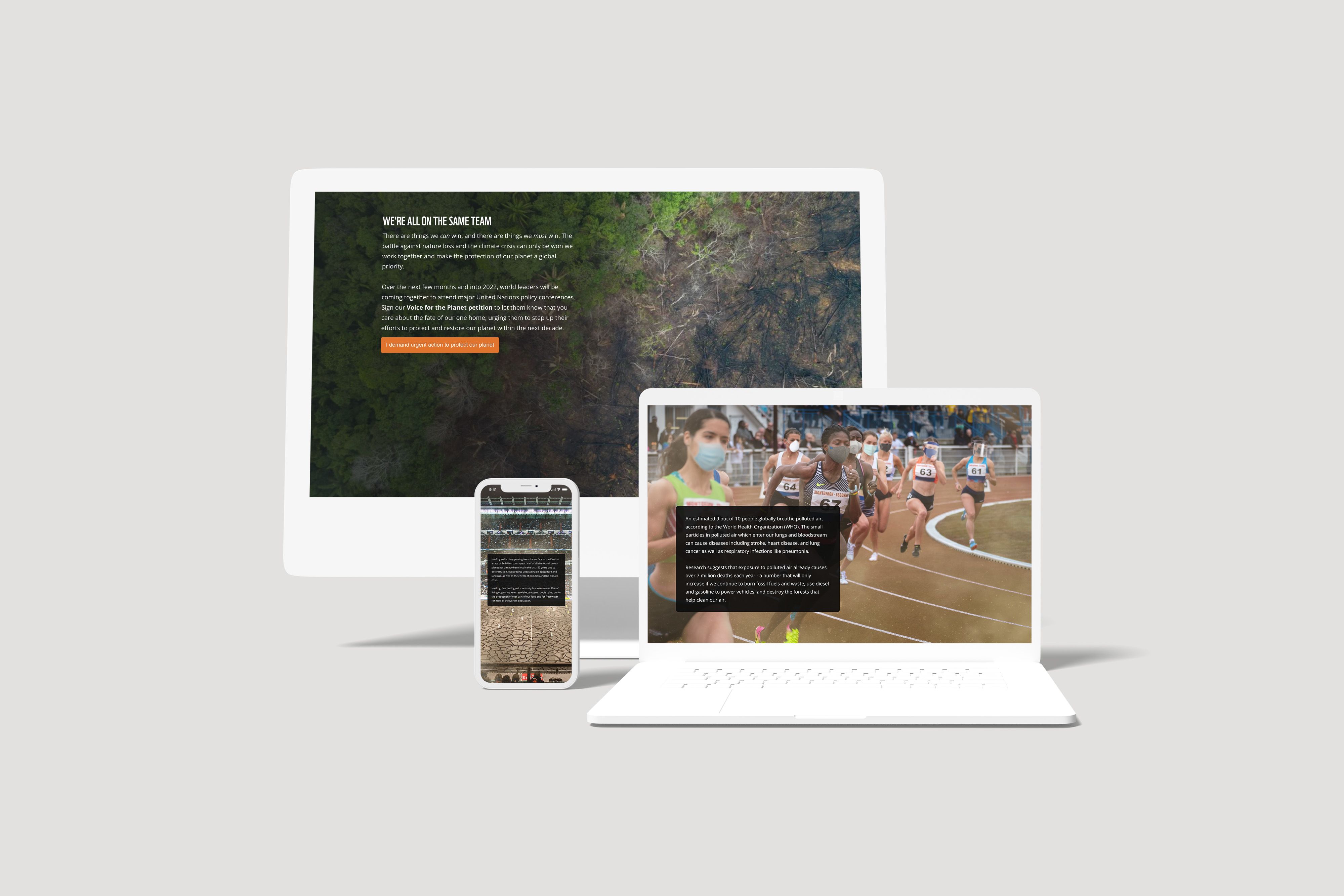
5. The Secret Life of the Conservatory
What it is: An audio tour of the Barbican Conservatory
Who created it: The Barbican
Why we picked this example: This audio tour is perhaps the most literal example of storytelling — each section crafts a fictional (we assume!) story about different areas within the conservatory. It’s an immersive experience even if you’re just listening from your couch at home, thanks to the variety of formats from visual and audio to written content.
The tour is also a great example of accessibility. While the audio tour is designed for listening when you visit the conservatory, the content includes written transcripts as well as sounds designed to help audiences feel and experience the visuals (both on the page and in the conservatory itself).
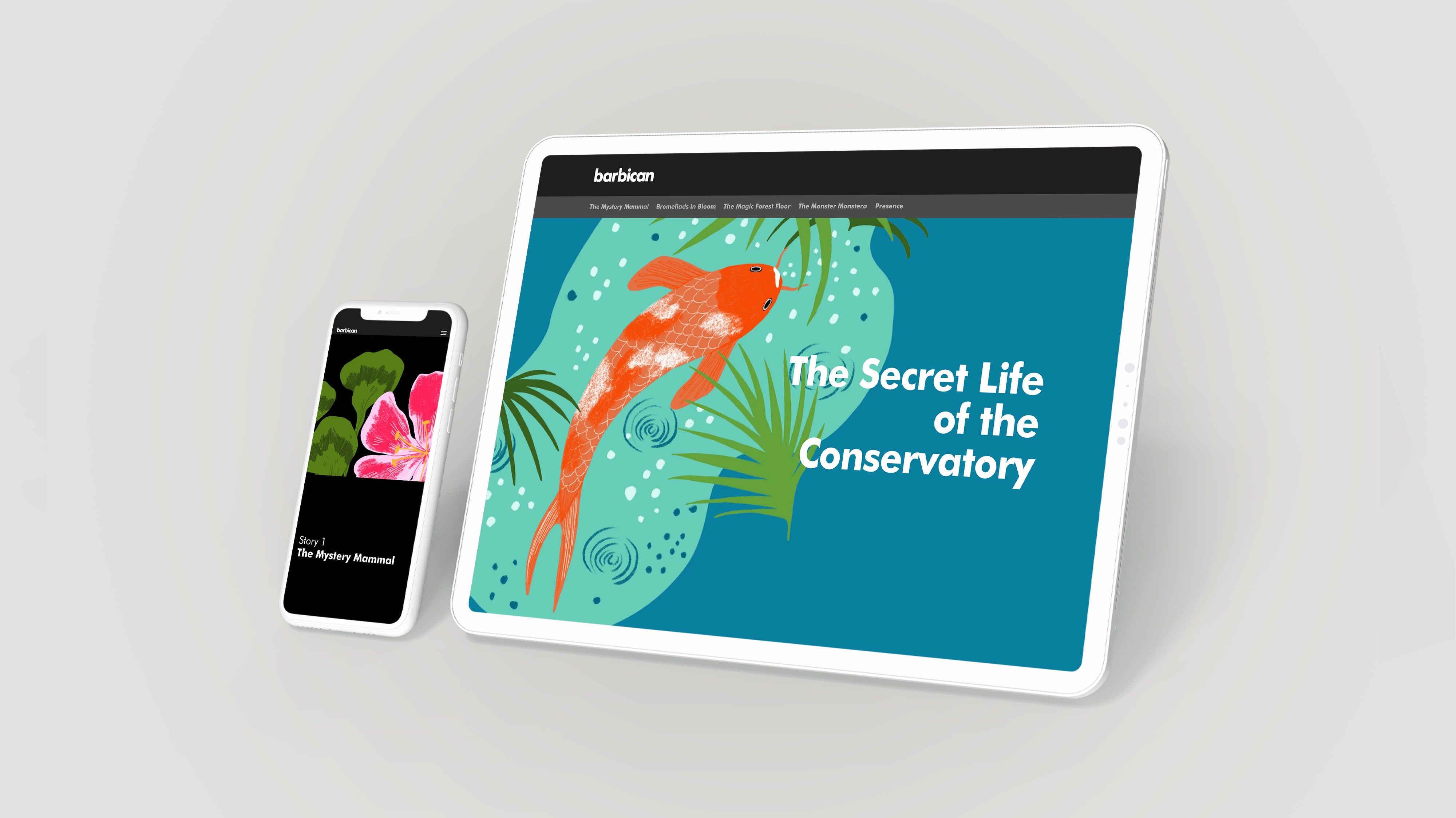
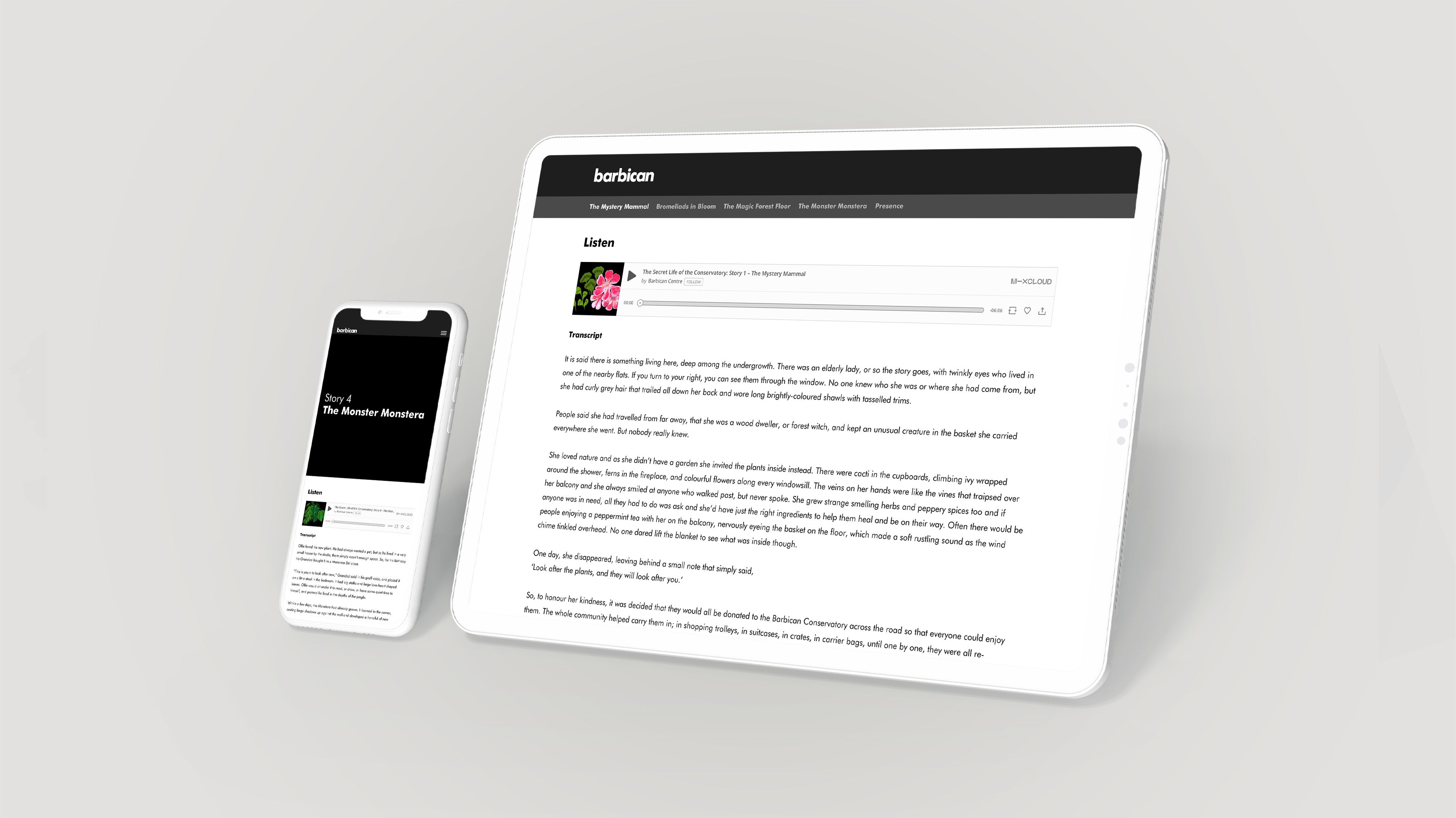
6. Post pandemic: The road to a true new normal
What it is: A business report
Who created it: Gowling WLG
Why we picked this example: This business report from Gowling WLG is a great example of how you can use imagery and animation to break up what would otherwise be a text-heavy, dense piece of content. Plus, like all the best kinds of content marketing, the focus here is clearly on educating readers, rather than driving a sale.
The report uses simple animations to add visual interest and keep readers engaged. Short paragraphs and frequent headings make it easy to scan, while strong calls-to-action (CTAs) create clear next steps for the reader.
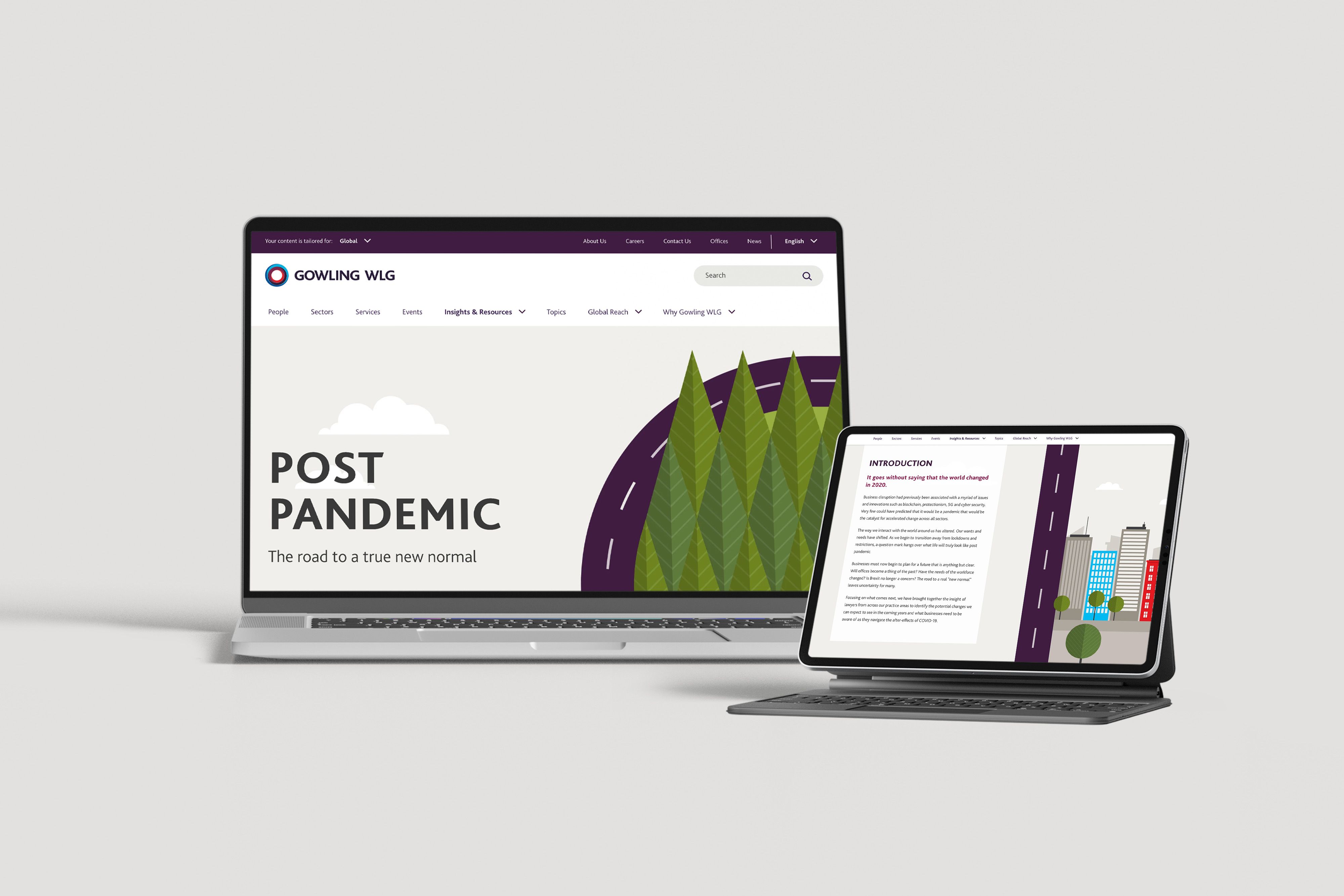
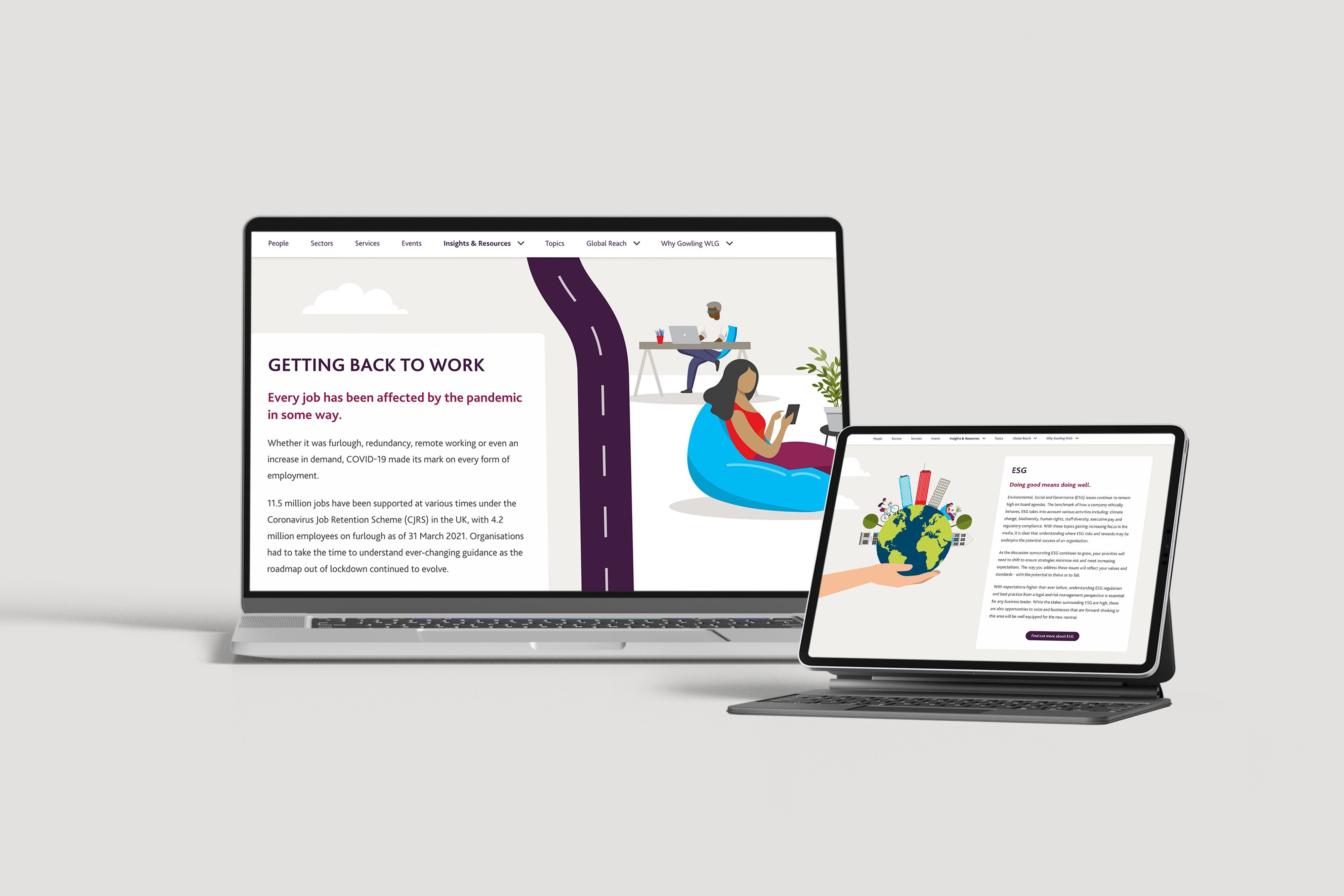
7. Art and Design in 2030: The Future of Us
What it is: Magazine article
Who created it: School of the Art Institute of Chicago
Why we picked this example: Visually, this article from the School of the Art Institute of Chicago’s fall 2021 issue is a masterclass in contrast. The bold colour scheme is balanced by simple, legible text in a clean font, and the scrolling effect keeps readers engaged.
Beyond that, the article favours simple, passionate written content. In the content marketing world, there can be a tendency to over-editorialise, but this article side-steps that by letting the experts’ opinions speak for themselves, without adding a lot of extraneous fluff.
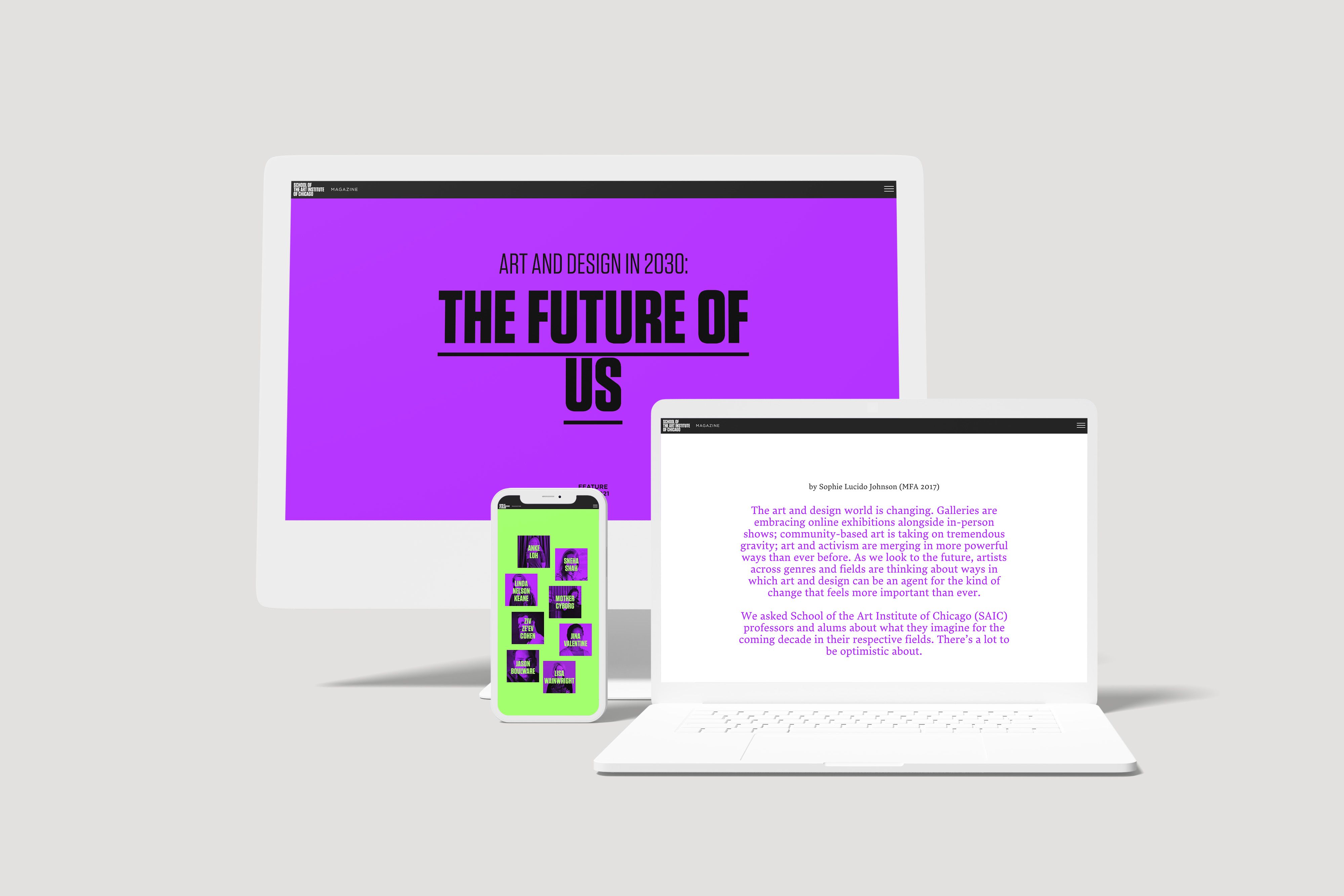

8. Five ways to future-proof your business in a post-cookie world
What it is: Sponsored content
Who created it: Xandr and Campaign
Why we picked this example: This listicle example from Xandr and Campaign is a great example of content creation that speaks the language of its audience. The topic is incredibly important, particularly in the digital marketing world, and speaks to a significant pain point for Xandr’s target customers.
The compelling and dynamic design uses animation to keep the audience engaged as they scroll, but it largely stays out of the way of this meaty subject. The copy is also straightforward and actionable, giving readers a clear set of next steps.
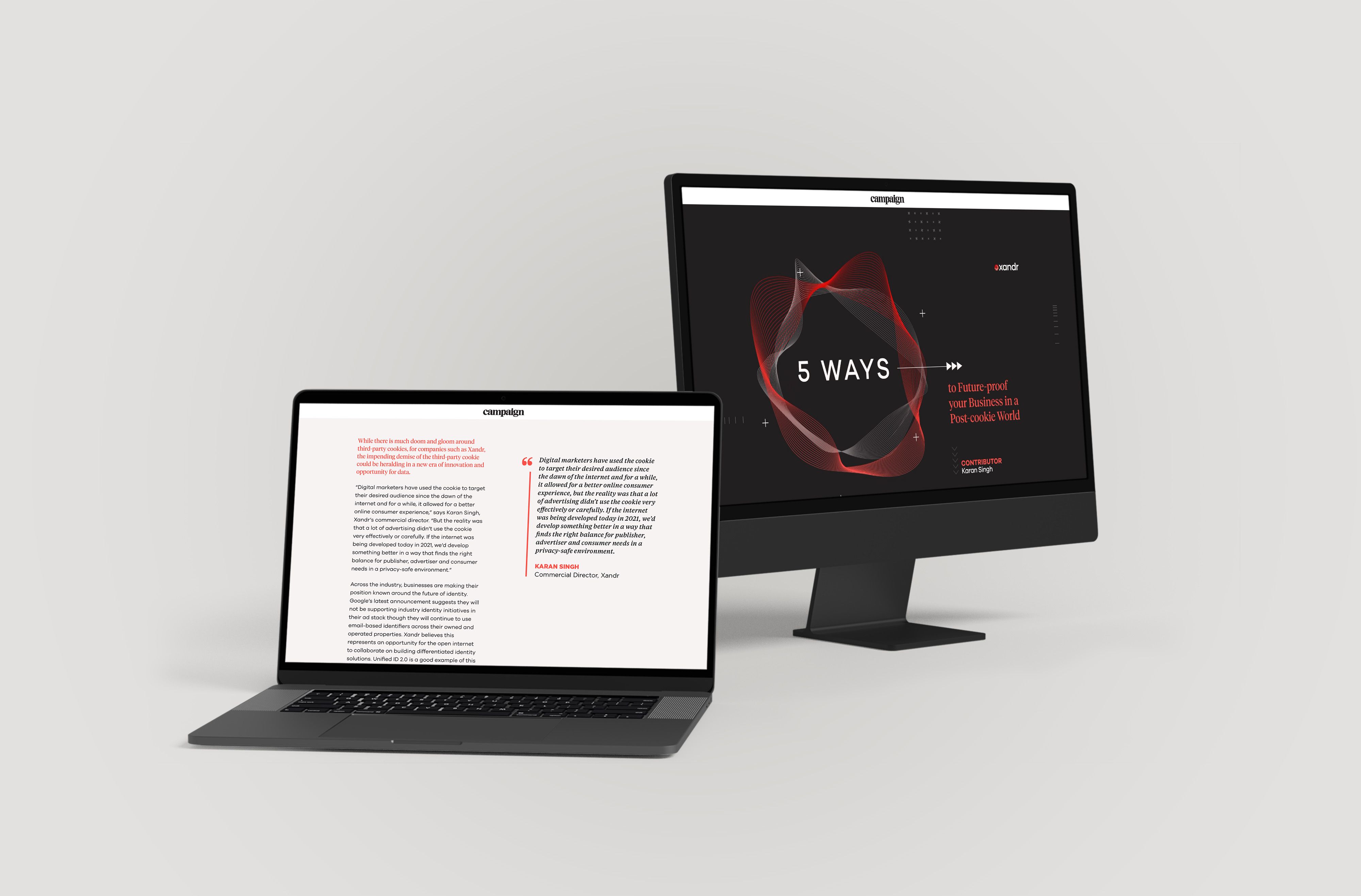
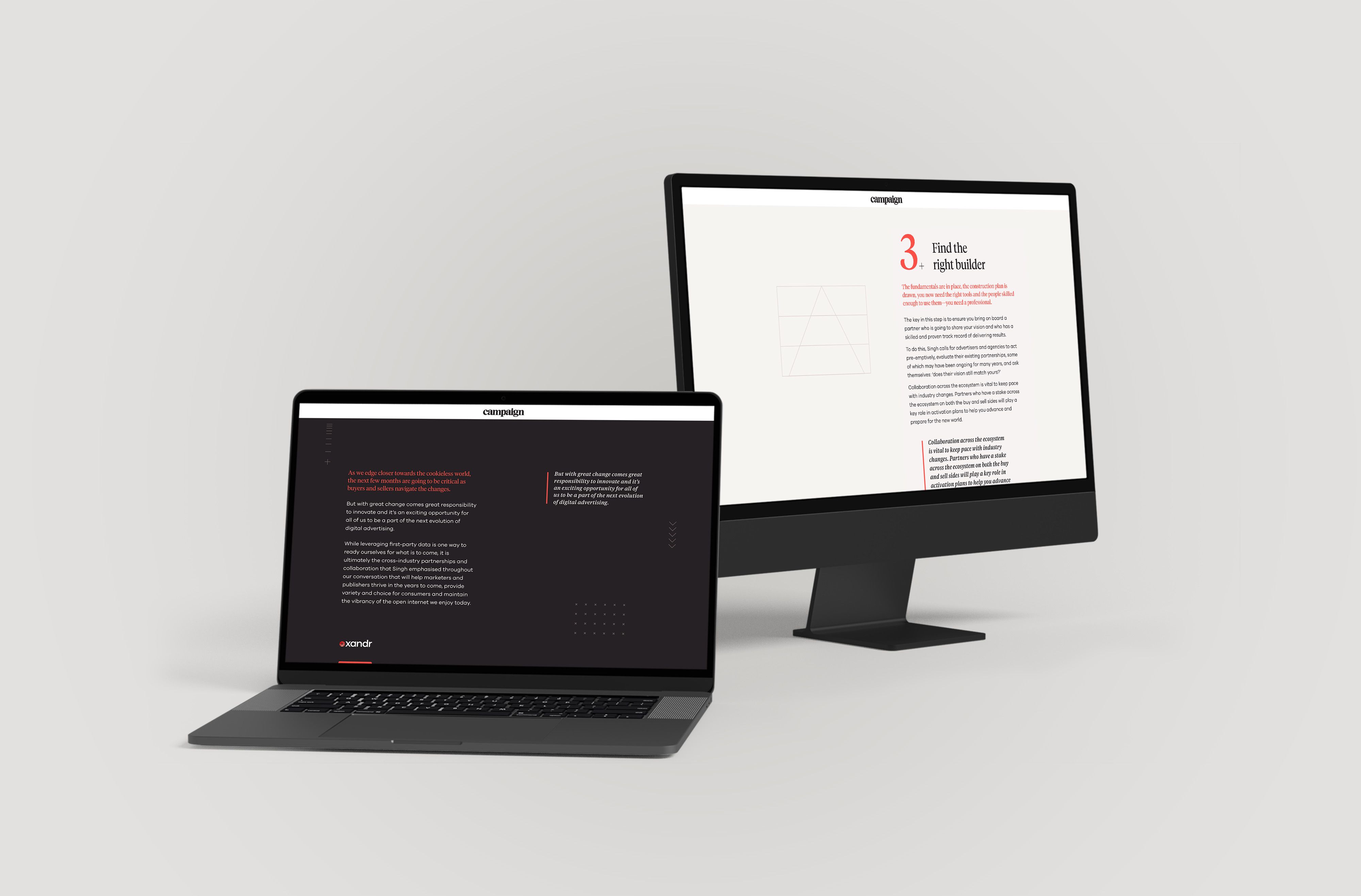
9. The Café Racer Revolution of the Sixties
What it is: Brand story
Who created it: Honda
Why we picked this example: One part history lesson, and two parts product marketing — Honda’s article on the Café Racer Revolution showcases a strong balance of storytelling, interwoven with marketing a product. Its focus on the story keeps readers engaged, while interactive product imagery ensures they can shop at the same time.
The choice to expand on the history is something Honda knows its target customers are interested in — clearly a key part of its broader content marketing strategy.
